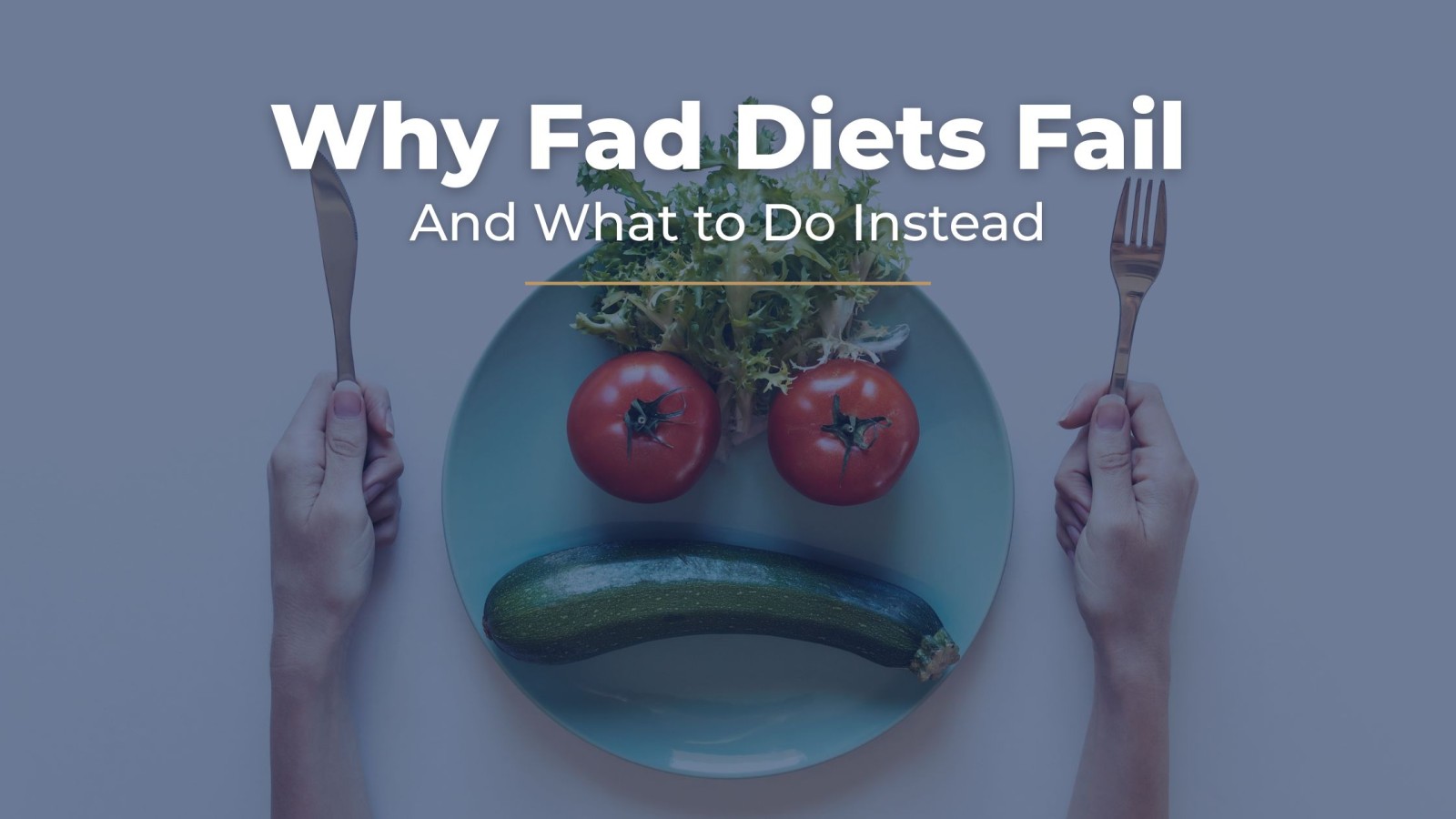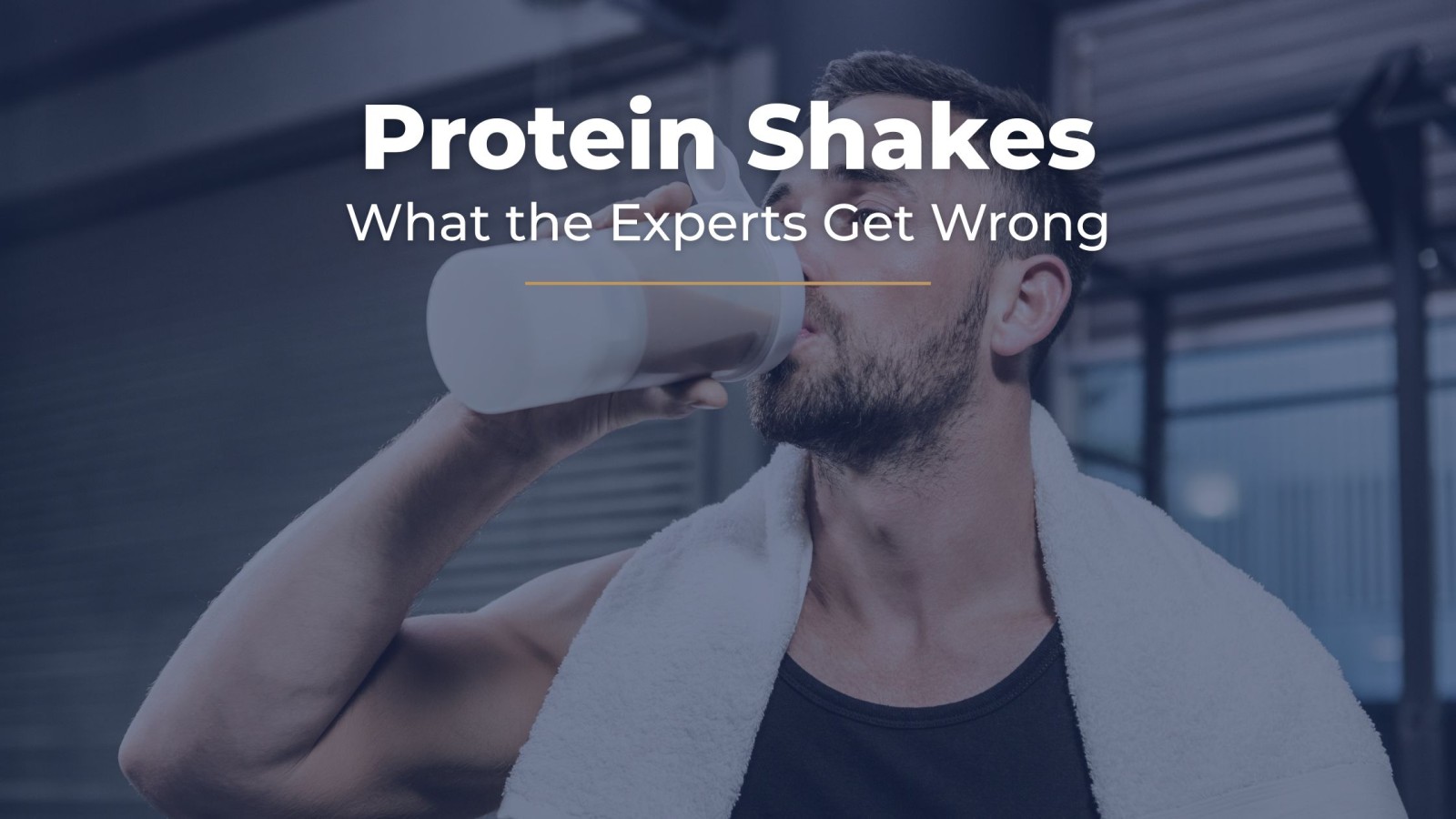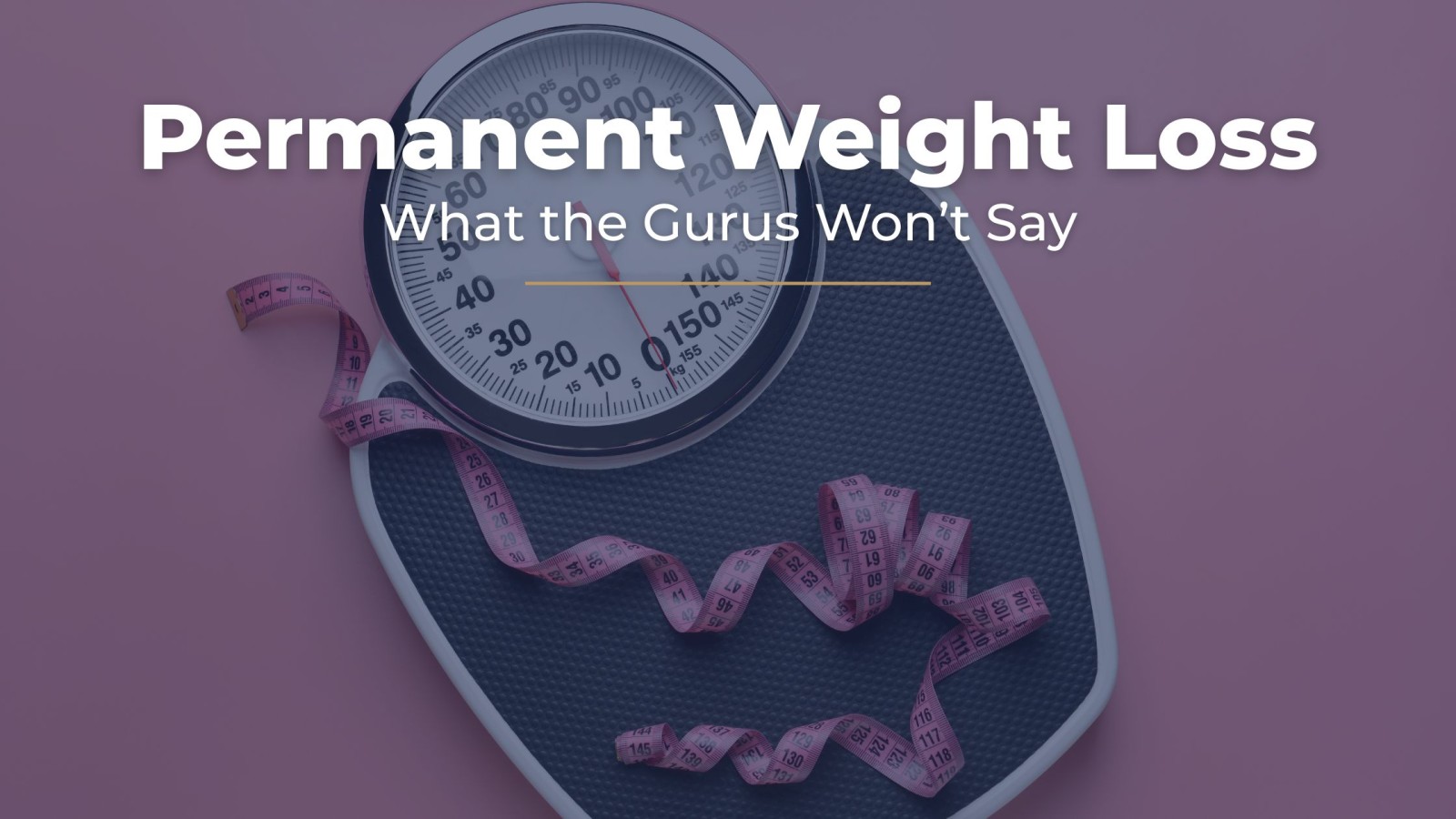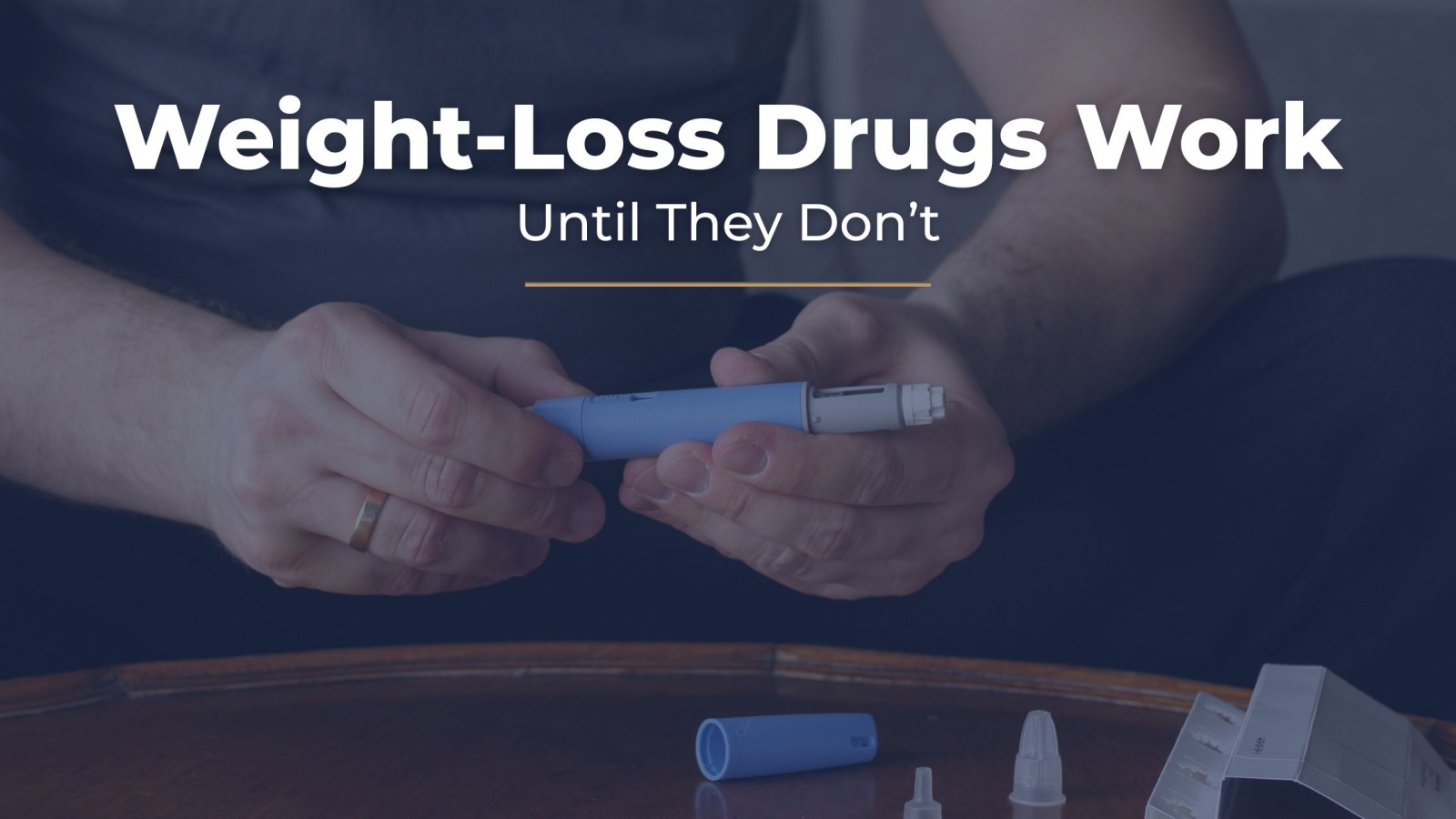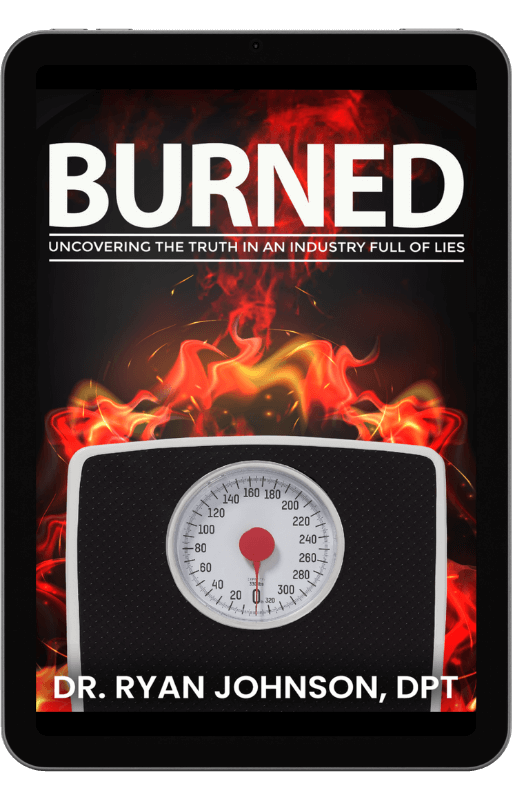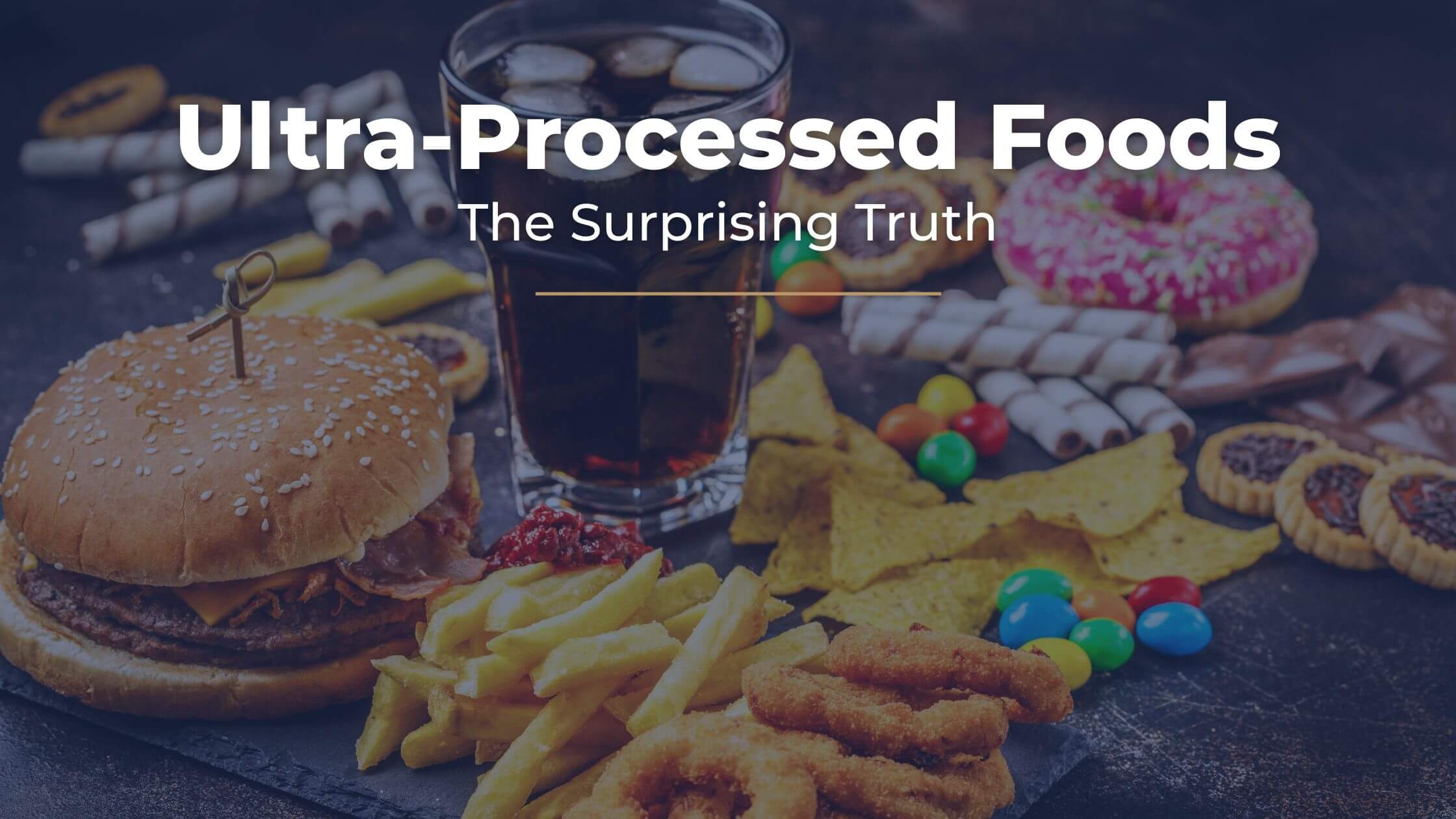
If you spend any time online, you’ve probably seen warnings to “avoid processed foods at all costs.”
But like most blanket nutrition statements, that advice leaves out a lot of nuance.
Are all processed foods really bad?
Do you have to eat only “whole” foods to be healthy?
And what does ultra-processed even mean, anyway?
Let’s clear that up — once and for all.
Not All Processing Is Bad
Technically, any food that’s been altered from its natural state is “processed.”
That includes washing, cutting, blending, cooking, freezing, or fermenting.
So unless you’re pulling carrots from your garden and eating them with the dirt still on — you’re eating processed food.
In reality, all foods exist on a spectrum:
Unprocessed (Whole) → Minimally Processed → Ultra-Processed
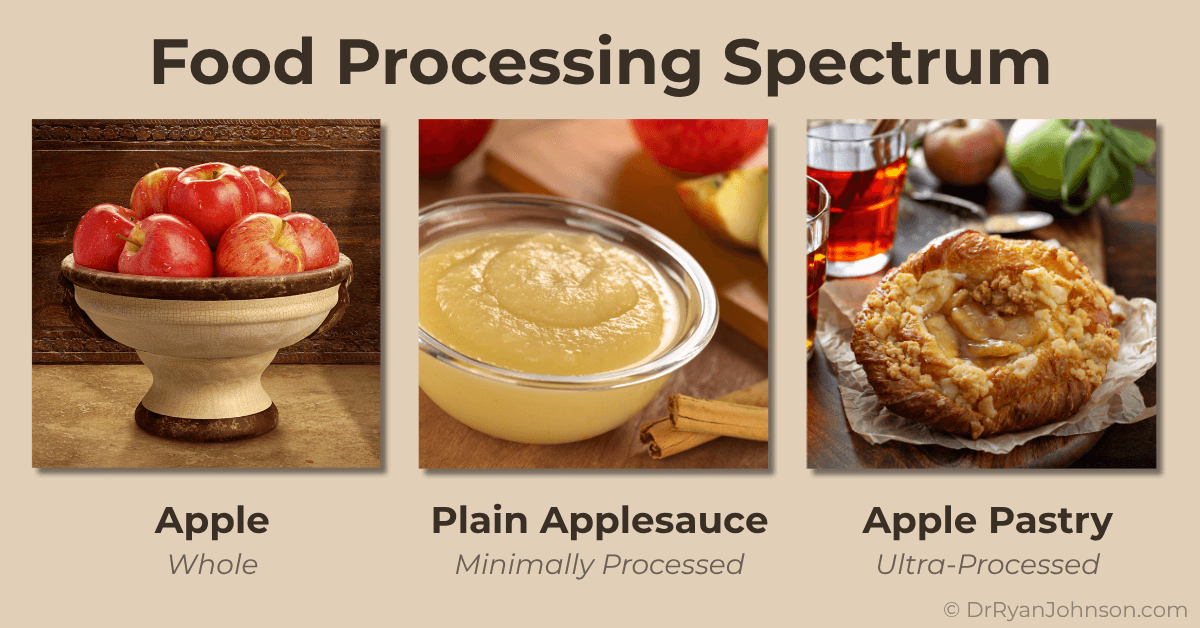
The Food Processing Spectrum shows how foods range from whole and natural to ultra-processed. As you move toward the right side of the spectrum, foods become more refined and lose more of their naturally occurring nutrients, fiber, and enzymes—while gaining added sugars, fats, and preservatives that can negatively impact long-term health.
Processing isn’t always harmful — in fact, some of it’s helpful.
- Cooking kills bacteria and makes nutrients easier to absorb.
- Soaking and sprouting deactivate anti-nutrients in grains, nuts, and seeds.
- Fermenting boosts probiotics and nutrient availability.
- Fortifying foods helps prevent nutrient deficiencies like scurvy or rickets.
- Herbs, spices, and oils enhance flavor, digestion, and absorption.
So no — “processed” doesn’t automatically mean “bad.”
What Makes Ultra-Processed Foods Different
Where things go sideways is with ultra-processed foods — products that barely resemble real food.
The NOVA scale defines them as:
“Foods made of substances derived from foods but with very little resemblance to a whole food, often containing high doses of sugar, salt, fat, and preservatives.”
Think chips, soda, packaged pastries, and drive-thru meals.
Compared to whole or minimally-processed foods, ultra-processed foods tend to1:
- Trigger more oxidation and inflammation
- Disrupt gut bacteria
- Promote insulin resistance and high cholesterol
- Raise risk for diabetes, heart disease, cancer, and cognitive decline
Here’s the kicker — ultra-processed foods now make up 59% of calories in U.S. adults and 67% in children.1
It’s no wonder chronic disease is skyrocketing.
The 80/20 Rule: Progress Over Perfection
Do you have to give up all ultra-processed foods? Nope.
Like most things, it comes down to dose, frequency, and context.
- If you’re young, healthy, active, and lean — an occasional processed treat isn’t going to undo your progress.
- If you’re older, sedentary, or struggling with weight or metabolic issues — you’ll feel the effects much more.
A simple place to start:
Flip the typical American ratio from 40% whole / 60% ultra-processed to 60% whole / 40% ultra-processed.
Better yet, aim for 80/20 — 80% whole and minimally-processed foods, 20% “fun” foods.
That’s sustainable, realistic, and still allows room for flexibility.
When it comes to food quality, it’s not all-or-nothing. What matters most is the proportion of whole and minimally processed foods you eat compared to ultra-processed ones.
The chart below shows how adjusting that balance can impact your health and fat loss goals.
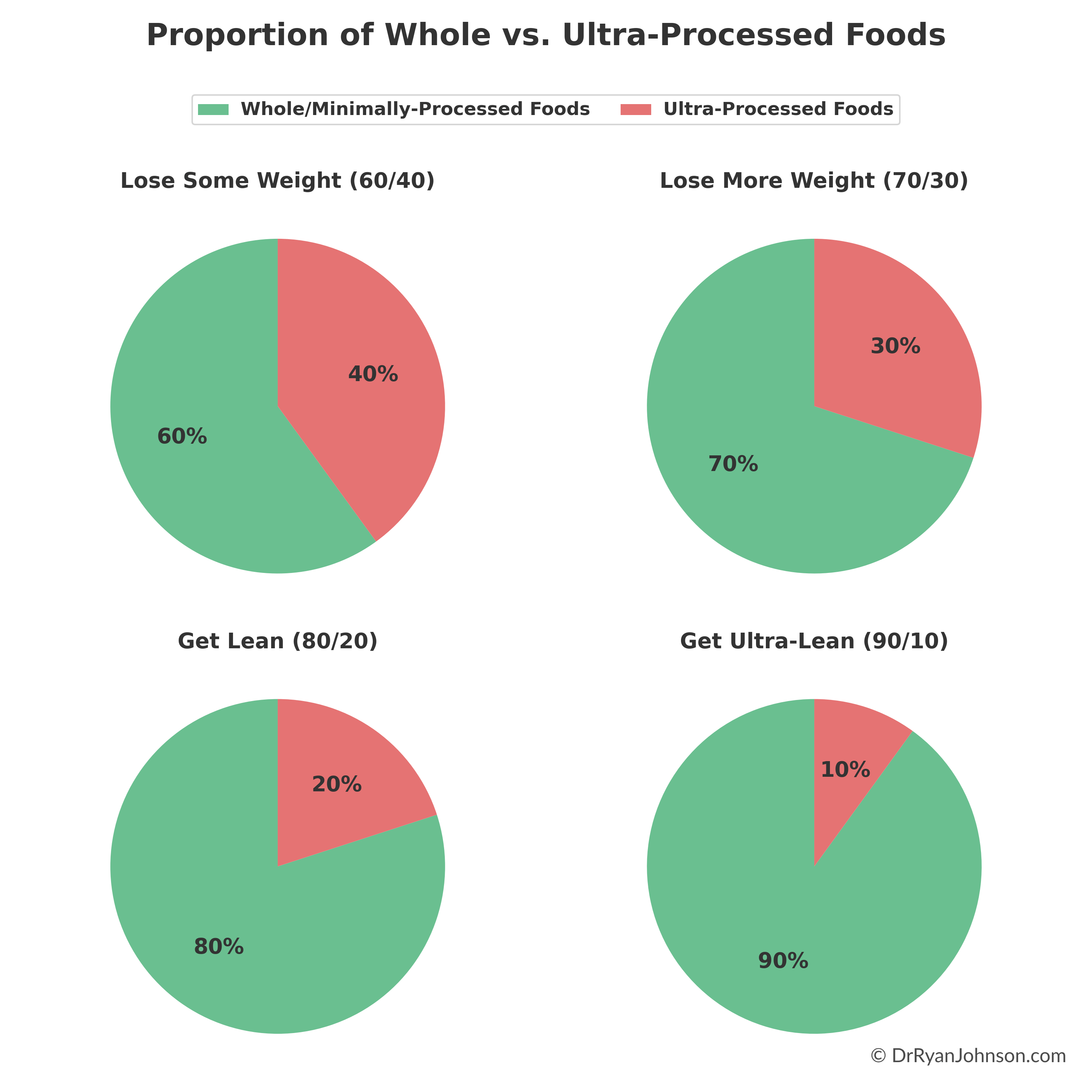
The proportion of whole and minimally-processed foods versus ultra-processed foods changes depending on your goal — the leaner you want to get, the higher your whole-food ratio should be.
Cold Turkey or Reasonable Restriction?
That depends on your relationship with food.
If certain foods cause you to lose control or binge, you might need to go cold turkey — at least temporarily — to reset your palate and habits.
But if you can eat a small portion of ice cream or pizza without spiraling, there’s no reason to eliminate them completely.
Strict, all-or-nothing diets tend to fail because they rely on willpower, not wisdom. Long-term success comes from building a lifestyle you can actually sustain.
🧠 Want more from Dr. Ryan?
Get my free weekly Body by Ry™ Breakdown — science-based clarity on food, metabolism, and performance — explained in plain English, every week.
No spam. Unsubscribe anytime.
Why Whole and Minimally-Processed Wins Most of the Time
When your diet is built mostly from whole or lightly processed foods, you get huge advantages:
- You can eat more food for fewer calories.
Whole foods are bulkier and less calorie-dense than refined ones. - You feel fuller, longer.
They digest slower and stimulate fullness hormones. - You get more vitamins, minerals, and phytonutrients.
These natural compounds help your body thrive. - You reduce your exposure to toxins and additives.
Especially when choosing organic and naturally preserved options.
The Real Reason People Lose Weight When They “Eat Clean”
People who switch to “clean” or “whole” foods often think the magic is in removing “toxic” ingredients. But the truth is simpler.
They lose weight because they’re eating fewer calories and more nutrient-dense foods — which naturally improves energy, satiety, and metabolism.
Even people who’ve lost weight on “junk food diets” (like the Twinkie or McDonald’s experiments) proved the same principle:
Calories matter most for fat loss.
Of course, how you create that deficit matters. A diet rich in whole foods makes it easier to control calories, preserve muscle, and feel good doing it.
Faith, Freedom, and Food
Food is meant to be enjoyed, not feared.
We’re called to steward our bodies wisely — but also to live with gratitude and balance.
For everything created by God is good, and nothing is to be rejected if it is received with thanksgiving.
— 1 Timothy 4:4–5
That doesn’t mean eating whatever you want, whenever you want.
But it does mean you can enjoy food — even the occasional burger or cookie — with thankfulness and without guilt.
All things are lawful for me, but not all things are helpful. I will not be dominated by anything.
— 1 Corinthians 6:12
The Bottom Line
Ultra-processed foods aren’t the enemy — but they aren’t your ally, either.
They’re convenient, tasty, and fine in moderation — but they shouldn’t dominate your diet.
If you want better energy, health, and longevity, make this your mantra:
Eat more food that looks like it came from the ground — not a factory.
Aim for progress, not perfection.
And remember — what you do most of the time matters far more than what you do some of the time.
Want To Go Deeper?
This post draws from Chapters 8, 10, and 13 of my book Burned™ — where I unpack the myths behind “clean eating” and reveal what truly drives fat loss, performance, and long-term health.
👉🏻 If you're ready to take control of your nutrition and finally understand how your body works...
👉🏻 If you're ready to take control of your nutrition and finally understand how your body works...
Get your copy of Burned™ today.
References

